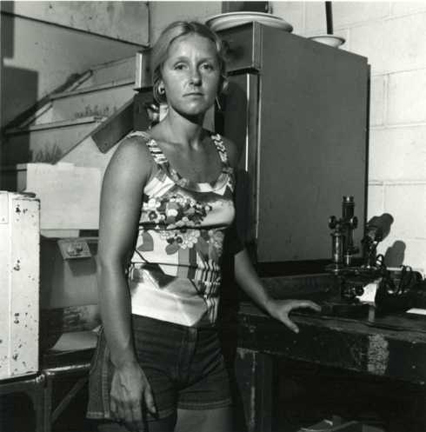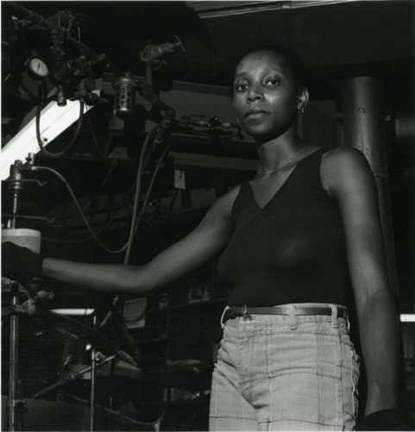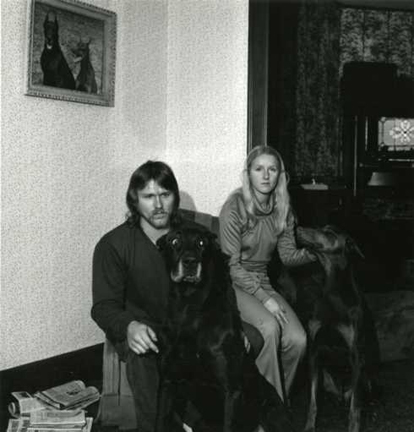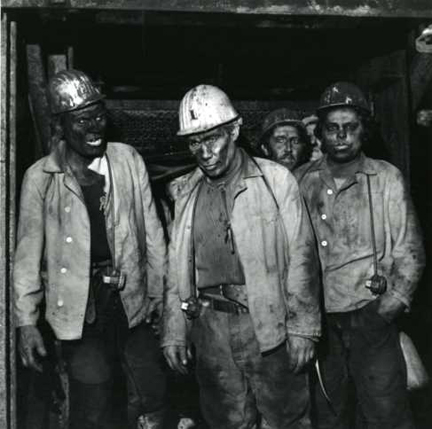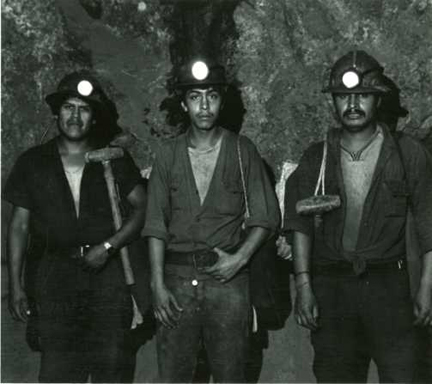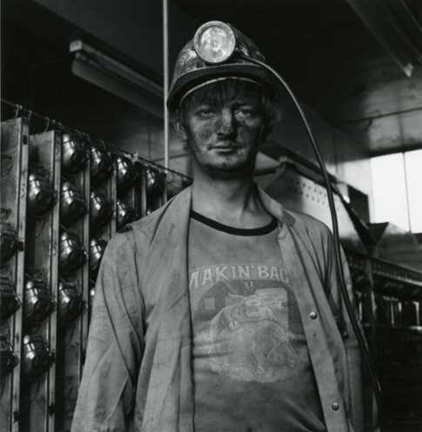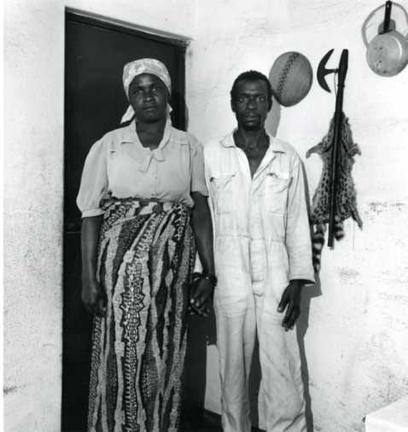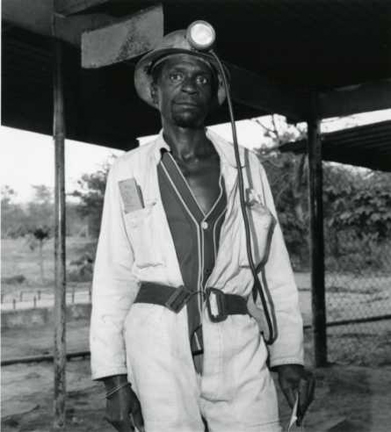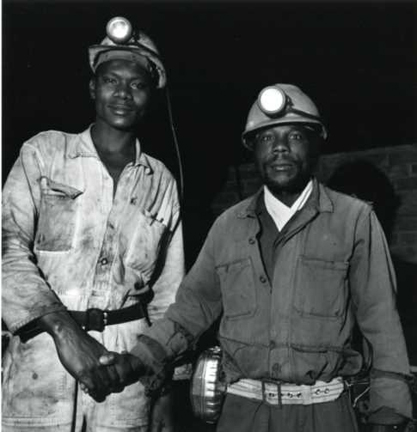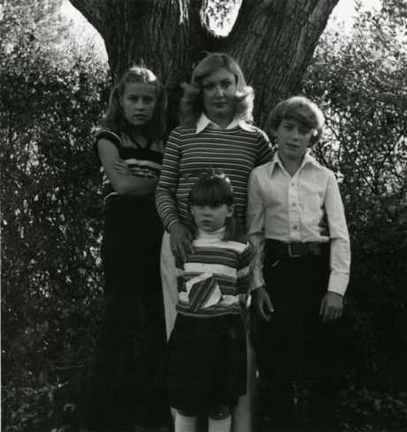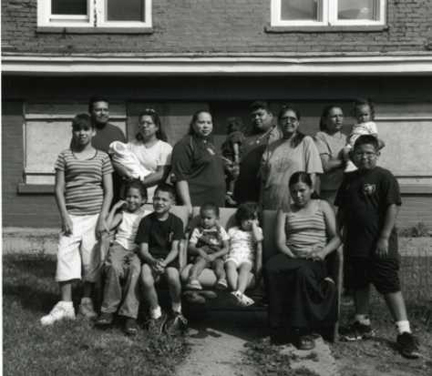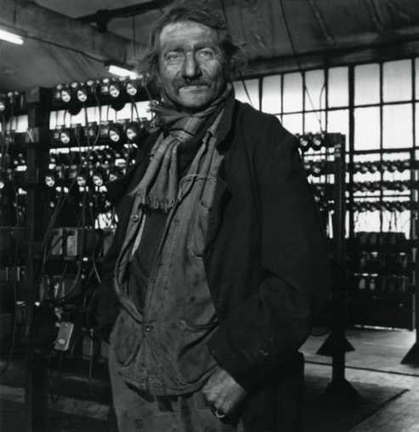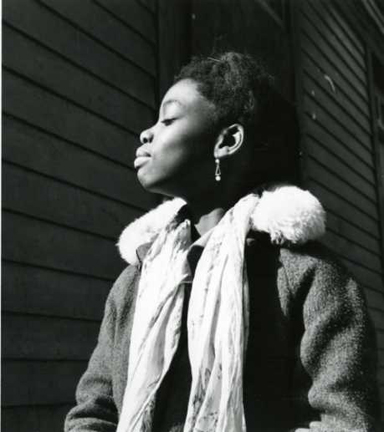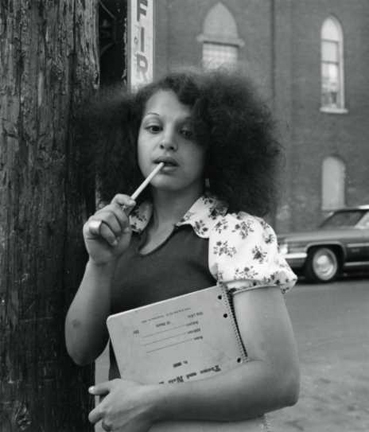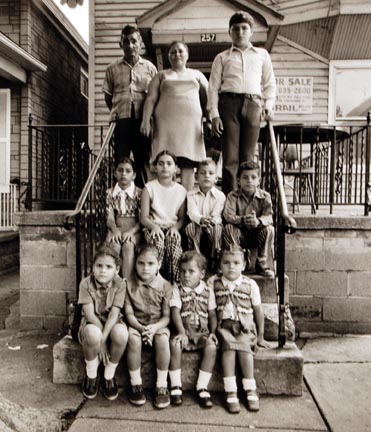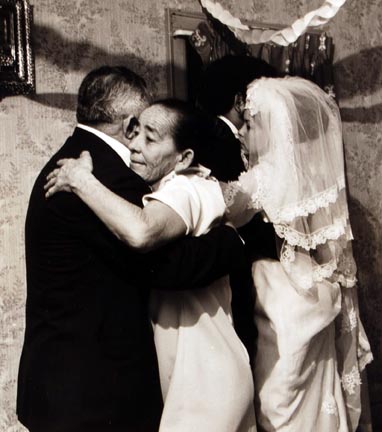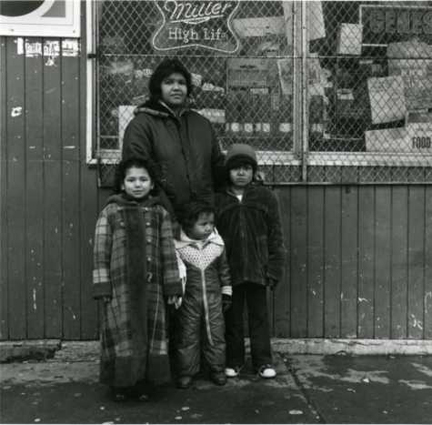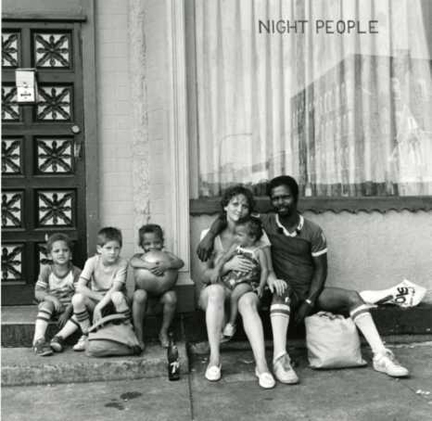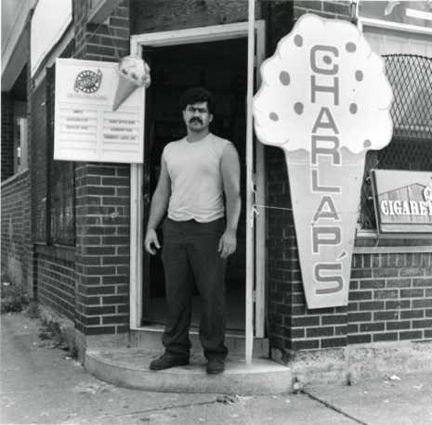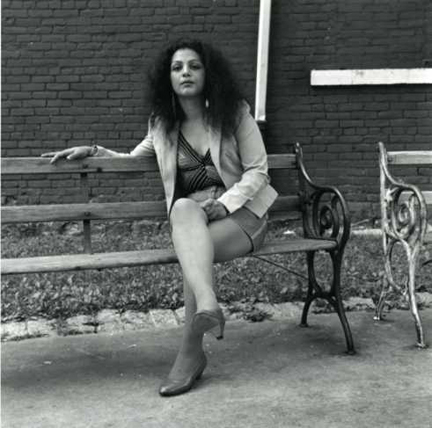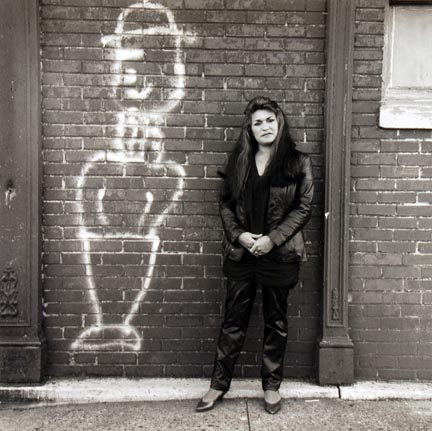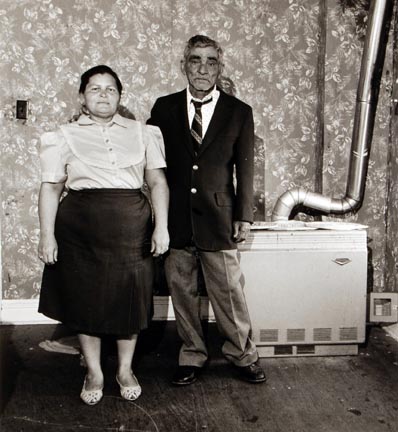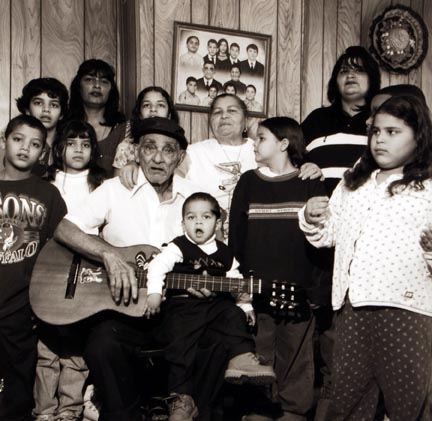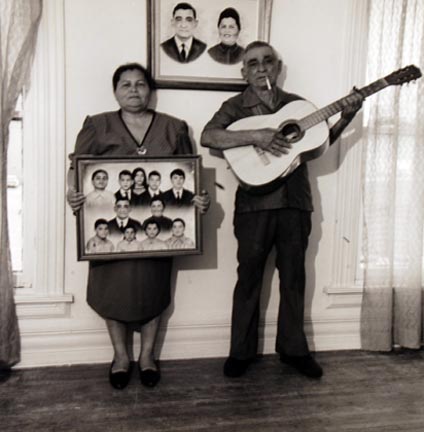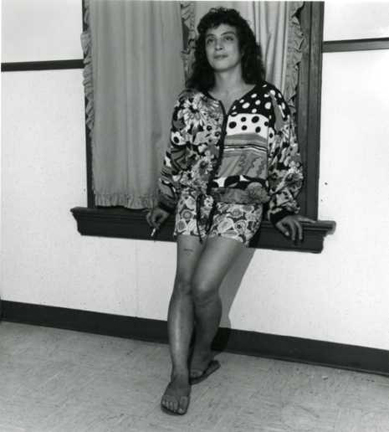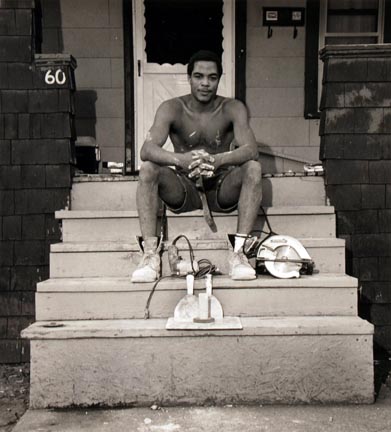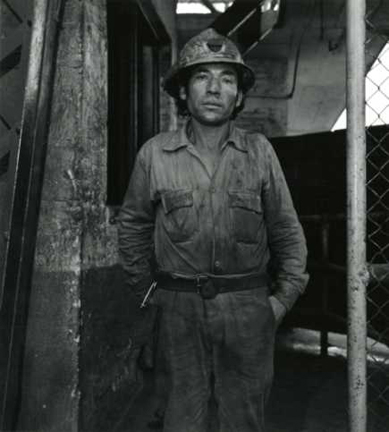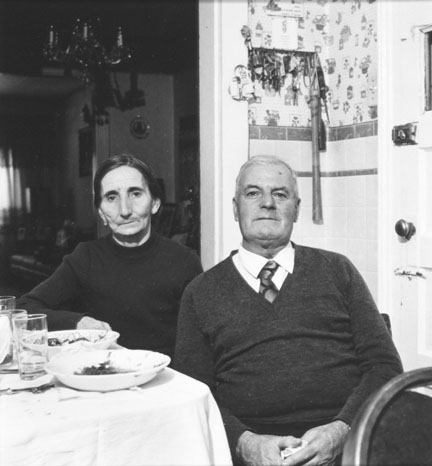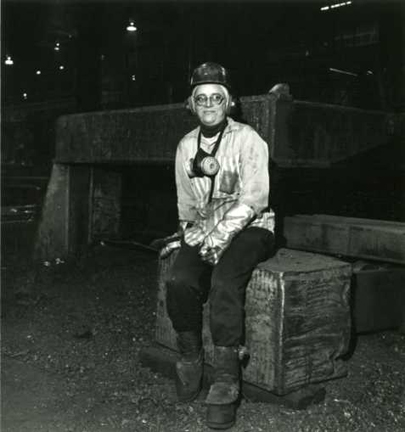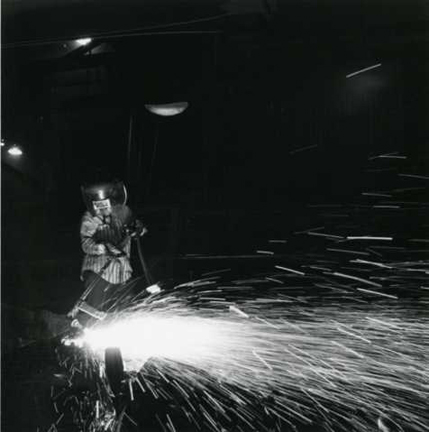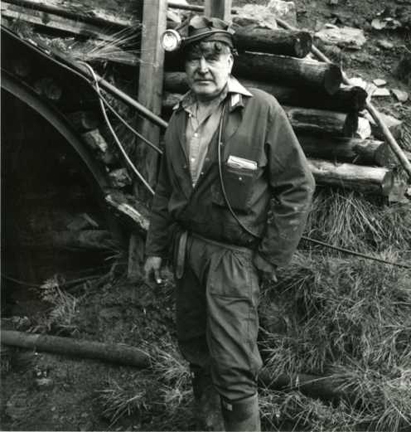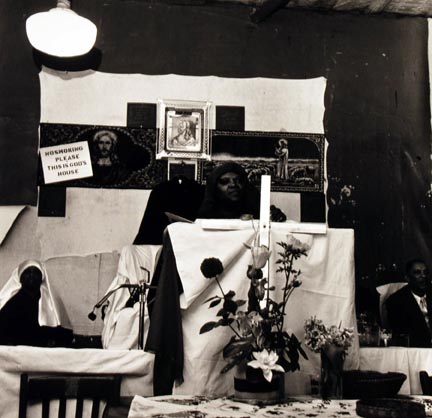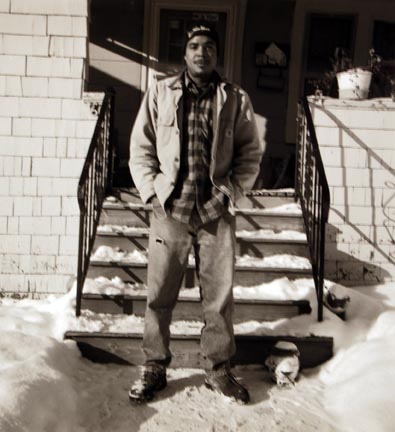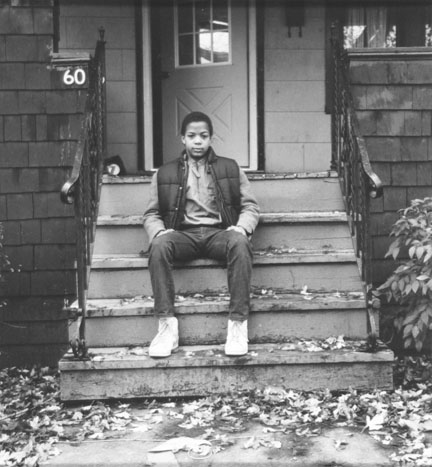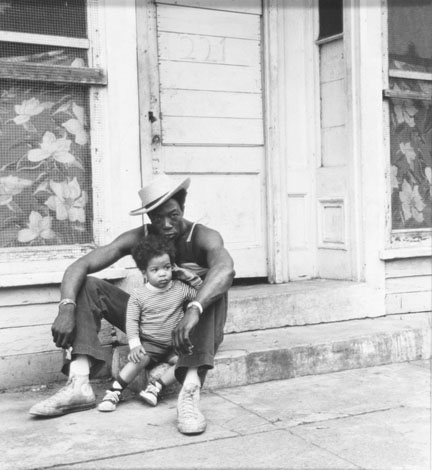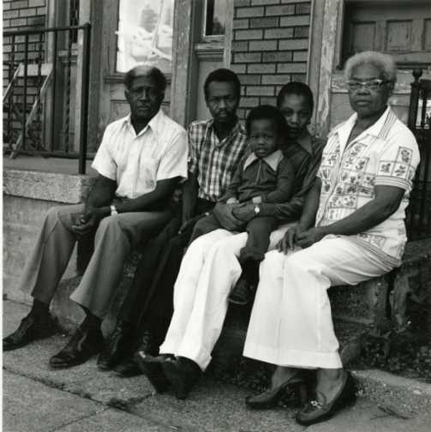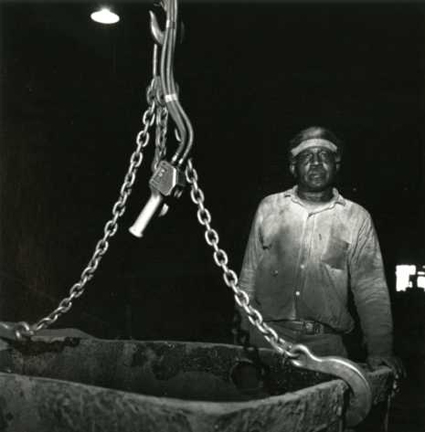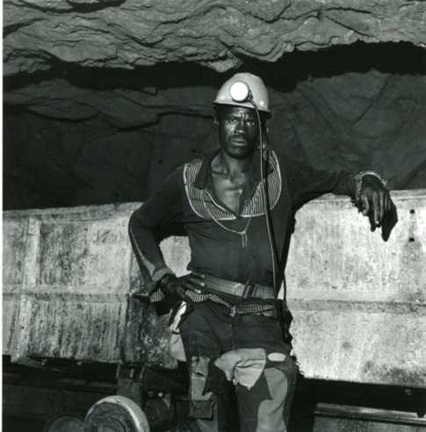About the Photographer
Rogovin, Milton
American, 1909-2011
Born and raised in New York City, Milton Rogovin studied optometry and optics at Columbia University and in the late 1930s opened an optometrist shop in Buffalo, New York. Although he purchased his first camera in 1942, Rogovin only began to concentrate on photography in 1957 after he was blacklisted by the House of Un-American Activities Committee, which effectively destroyed his optometry business. That same year he began to photograph Buffalo's storefront churches and their African American congregations, at the request of his friend William H. Tallmadge, a professor of music at Buffalo's State University College. Upon the project's completion in 1962, noted photographer and editor Minor White published a selection of the images in his magazine Aperture.
Growing out of his initial experience photographing in Buffalo's struggling neighborhoods, Rogovin later embarked on a decades-long project to document the city's working-class communities, culminating in the publication of the book The Forgotten Ones in 2003. In these photographs Rogovin portrayed his subjects in an even-handed, unromanticized manner, allowing their personal activities and living conditions to suggest the economic and social realities they faced. As part of this long-term project Rogovin also produced a series of sequential portraits, photographing individuals and families at intervals of roughly a decade, from the 1970s through the early 2000s.
Throughout his career Rogovin maintained a commitment to promoting positive change through his photographs. "All of my life I've focused on the poor," he remarks. "The rich ones have their own photographers." In this regard Rogovin carried on the tradition of socially-concerned documentary photography, following in the footsteps of turn-of-the-century reformers like Lewis Hine and later photographers such as Dorothea Lange. In addition to his work in Buffalo, Rogovin completed documentary projects about rural poverty in Appalachia, the lives of miners in countries around the world, and other socially-relevant topics. For each of his projects, Rogovin's wife, Anne, provided substantial assistance. The Library of Congress holds a collection of 30,000 of Rogovin's photographs, including contact sheets and negatives.

